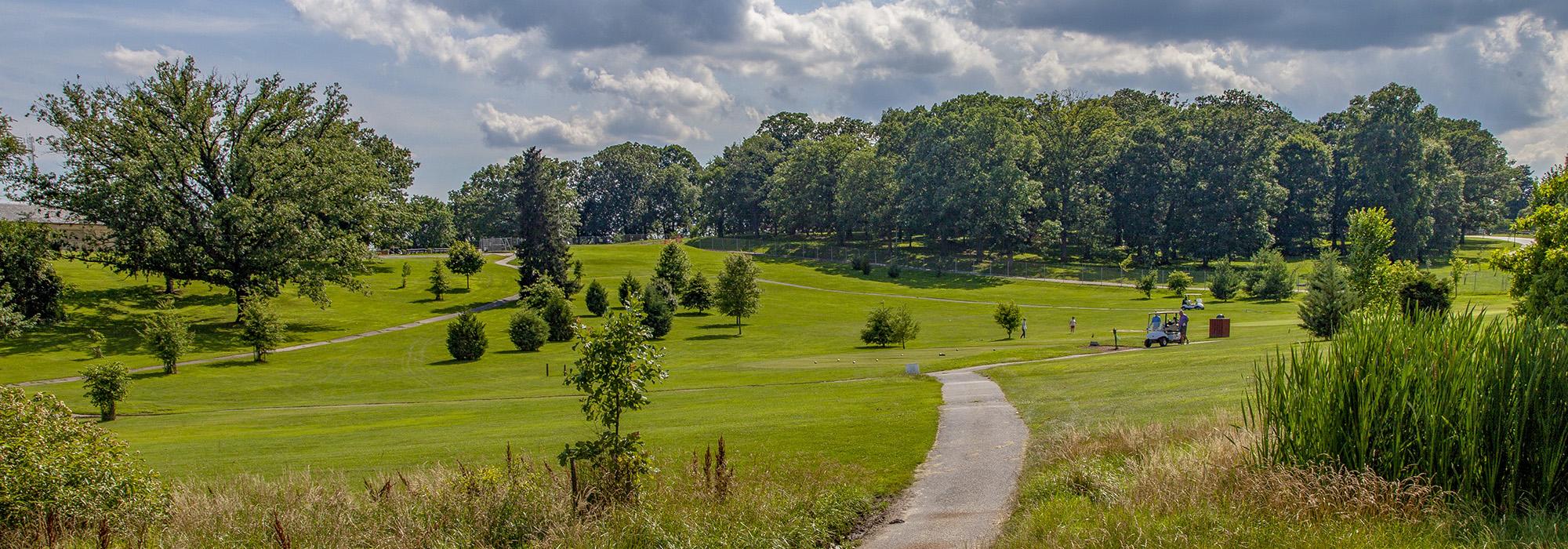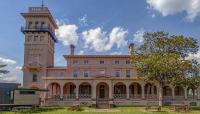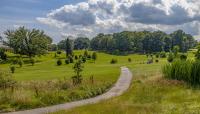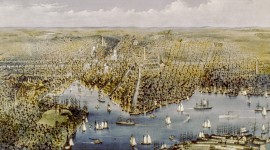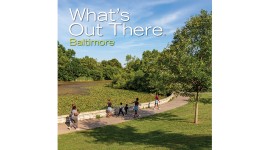Landscape Information
This 267-acre neighborhood park in northeast Baltimore operated as a farm in the eighteenth- and early-nineteenth centuries. In 1838 businessman and philanthropist Johns Hopkins purchased the land and began adapting the property into his summer residence, converting the former agricultural grounds into a carefully designed estate and the farmhouse (originally built in approximately 1803 for Captain Henry Thompson) into an Italianate villa. The estate included extensive lawns surrounding the mansion, informal groupings of trees, decorative displays of shrubs and flowers, and a boating lake to the east, while sinuous carriage drives and paths lined with ornamental statuary wound through the picturesque landscape.
Upon Hopkins’ death in 1874, the land was placed in a trust to become Johns Hopkins University, but a site to the west was ultimately chosen for the campus. The Hopkins-built lake was removed, and in 1888 the city, which had acquired the property, constructed a series of rectilinear roadways and an elliptical reservoir occupying 44 acres. The reservoir was later filled, and the land used for a high school. Between 1895 and 1917, the city made numerous changes to the site, restoring and augmenting many of Hopkins’ gardens and structures. In 1904 Olmsted Brothers issued its comprehensive report for Baltimore, which prompted the building of the 33rd Street parkway and The Alameda, continuous green spaces that linked Clifton Park to Wyman Park. The firm also added recreational facilities and reorganized roadways in Clifton Park. A golf course designed by Alexander Campbell was constructed on the park’s north side in 1916, and the Mother’s Garden, designed by the city’s Department of Park’s and Squares, was installed in 1928, with five flagstone paths radiating outward from a pavilion atop a small hill and plots planted with ornamentals, including rhododendrons, phlox, and zinnias. Clifton Park was listed in the National Register of Historic Places in 2007.



